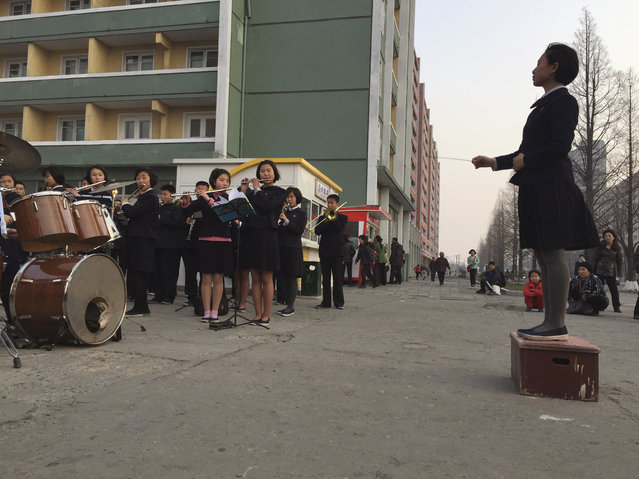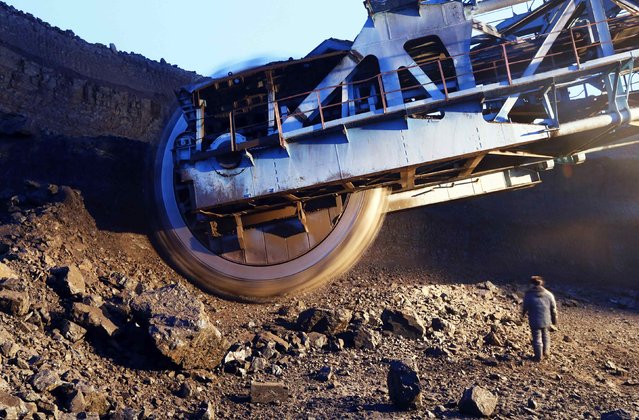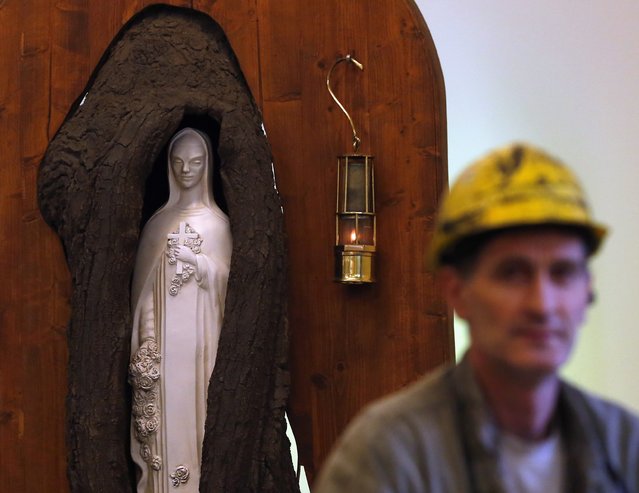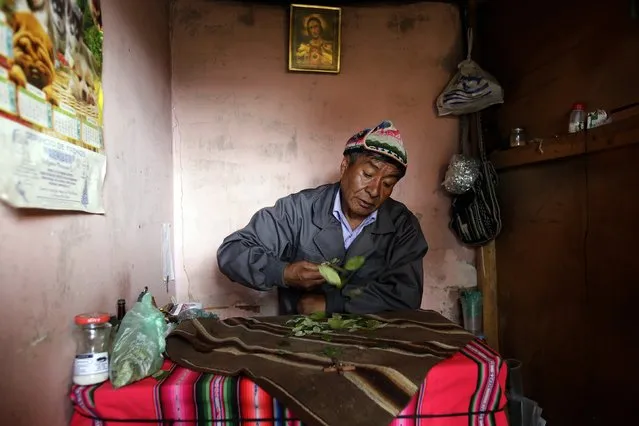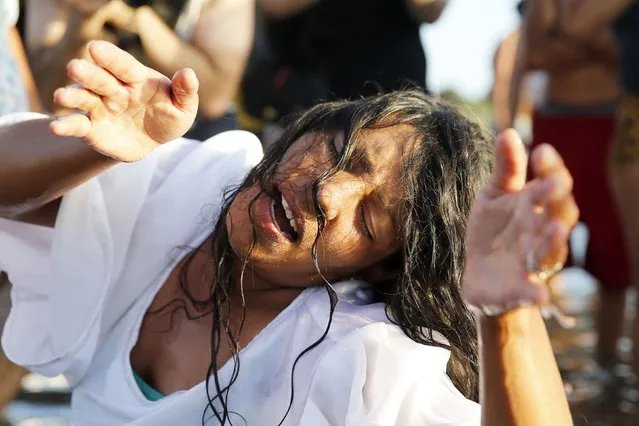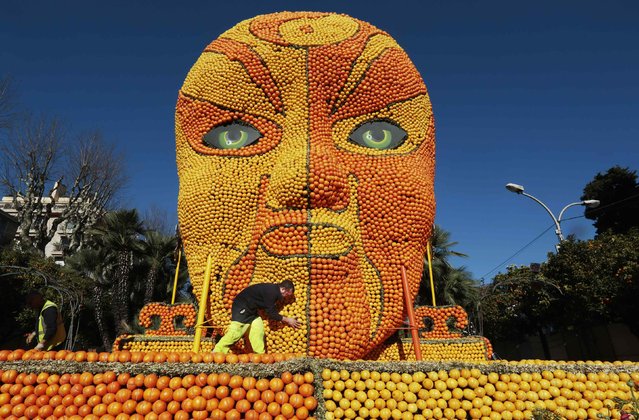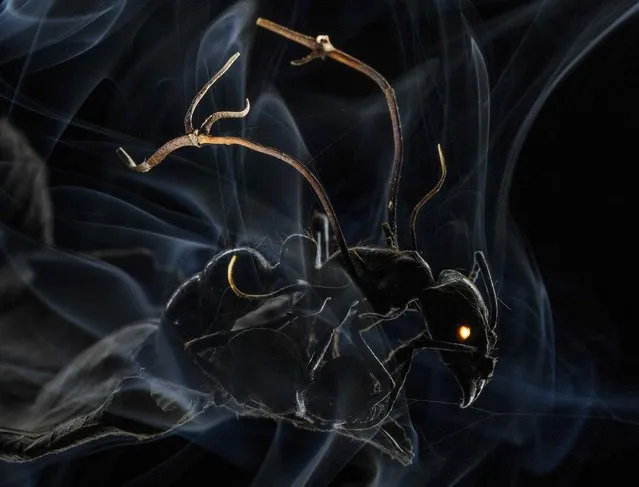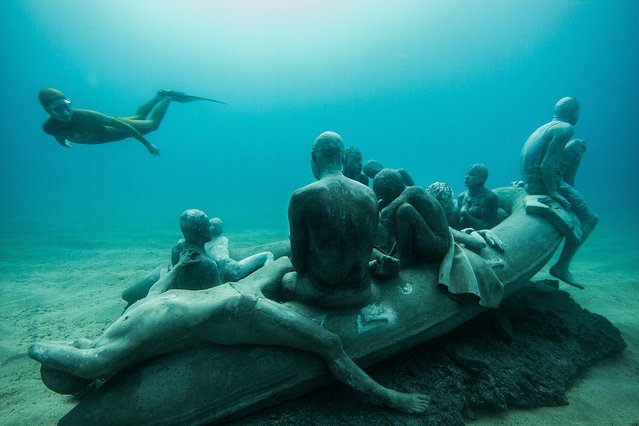
Artist Jason deCaires Taylor’s Museo Atlantico, off Lanzarote, is peopled with concrete casts of refugees and people taking selfies. Drowned world: welcome to Europe’s first undersea sculpture museum. Here: The Raft of Lampedusa, Taylor’s modern-day concrete echo of Géricault’s The Raft of the Medusa. The work has particular significance given the huge movement of refugees across the sea to Europe – and the frequent fatalities that result. (Photo by Jason deCaires Taylor)
03 Feb 2016 13:11:00,post received
0 comments

